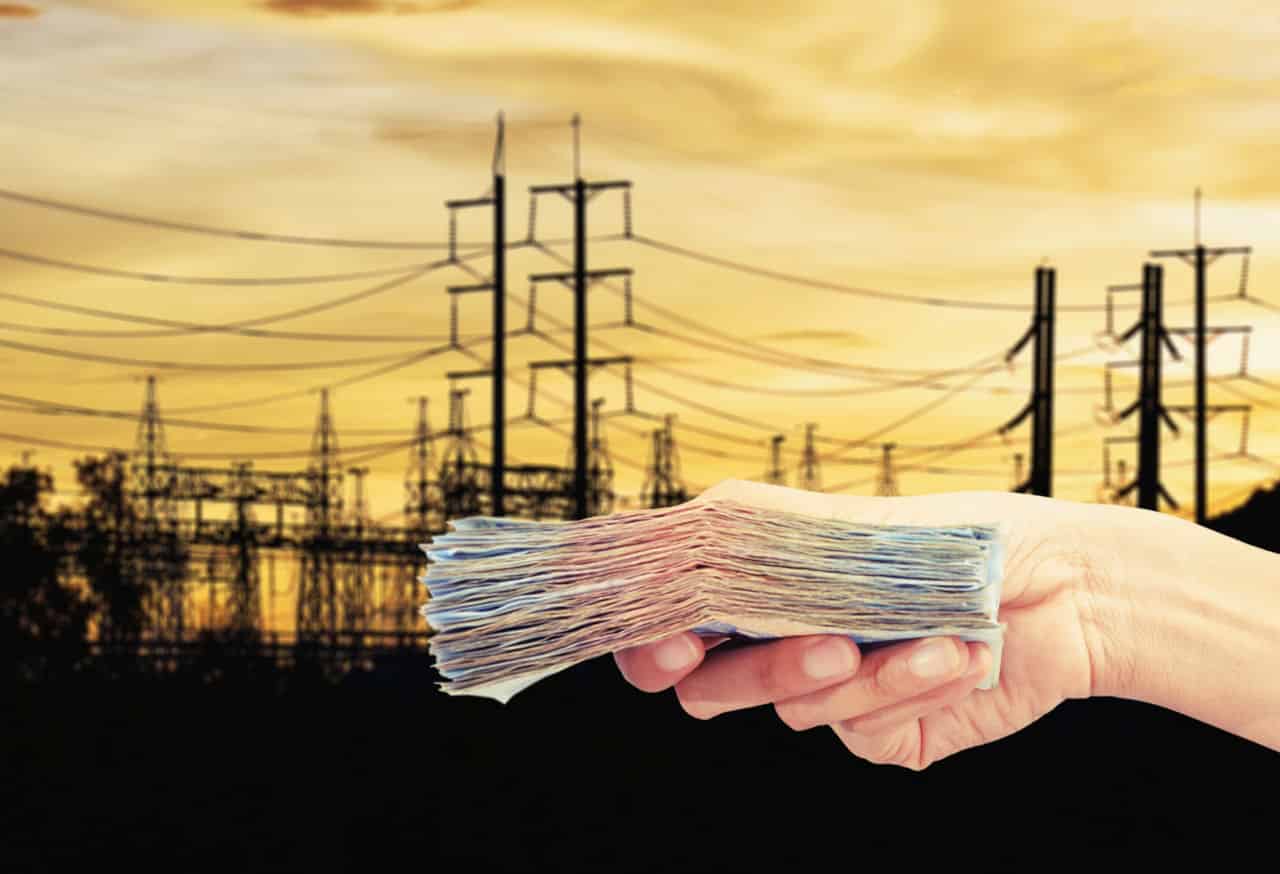The CFE Bill Explained
by Baja Real Estate Guide

A BRIEF OVERVIEW
Mexico has a single government owned energy utility called the Comision Federal de Electricidad or CFE. CFE was formed in 1960 when the government purchased two private firms. Until 2010, CFE controlled roughly 90% of the market when the government took over Luz y Fuerza del Centro in Mexico City and CFE became the sole provider of energy for all of Mexico.
The bill comes every two months. CFE is very aggressive about cutting off your meter if you don’t pay by the due date. Once it’s cut off, there is a fee of roughly $300 pesos to reconnect it, but it can take up to 3 days. If you don’t have a mailbox, as most of us don’t, lots of times the bill is tucked into a front gate or a door which can be easily blown away by the wind. Even if the wind takes your bill, you’re still responsible for it! So you want to make sure you note your due date in a calendar which will be more or less the same date just every other month. If it hasn’t arrived a few days before the normal due date, you can go directly to CFE with your meter number to find out how much you owe, or you can register your account on their site to download a PDF of your bill each cycle.
THE DIFFERENT PARTS OF THE CFE BILL

1.
NOMBRE Y DOMICILIO is the name and address the account is registered under. It’s important to get this accurate as you’ll be asked for a copy of a recent utility bill that matches your Passport whenever you open an account anywhere. If you are renting, it’s a good idea to make sure your landlord’s name on your contract matches up with the format of his/her name on your utility bills.
TIP: many properties in Mexico can have two street addresses – the legal address in the property deed & the known everyday address. For example, the address in your property deed may have a manzana and a lot number whereas your “known” address will have the typical street name and house number. It can be helpful to have one of your utility bills reflect the legal address in your deed and another one reflect the “known” address.
2.
TOTAL A PAGAR is the total amount due.
3.
NUMERO DE SERVICIO is your contract number.
4.
FECHA LIMITE DE PAGO is the last day to pay the bill. CFE will turn off your power typically the following business days.
TIP: If you are paying on the actual due date or a day late (if CFE hasn’t cut you off), it’s safest to go to CFE to make the payment. When you pay online or through an authorized 3rd party, it can take at least a business day for CFE to reflect the payment.
5.
TARIFA is the base rate you are billed per kilowatt. This determines how expensive your CFE bill will be. There are seven levels of 1 that receive government subsidies before you hit DAC (Domestica de Alto Consumo). Once you hit the DAC classification, there is no government subsidy on your bill and it can triple the amount you owe without you having used more electricity.
Tarifa 1: 25 kWh/mes.
Tarifa 1A: 300 kWh/mes.
Tarifa 1B: 400 kWh/mes.
Tarifa 1C: 850 kWh/mes.
Tarifa 1D: 1,000 kWh/mes.
Tarifa 1E: 2,000 kWh/mes.
Tarifa 1F: 2,500 kWh/mes.
To get out of the DAC billing category, you’ll need to keep the next 12 months of your usage below 2500 each billing cycle.
TIP: Whenever there is a legitimate change to the account, for example a change in the account name from one person to the next if renting, the billing classification will resets to 1. If you are renting, study the consumption on the backside of the bill (see #14) and it may make sense to hold off switching the bill to your name until perhaps halfway through Summer. Yes your first Summer bill might be high, but you’ll see a significant savings on the second bill without having to reduce your consumption much. You will just need to be very careful in the following bills to keep usage below the 2500 k/Wh line.
6.
NUM. DE MEDIDOR is your meter number.
7.
LECTURA ACTUAL is what your meter said the day the CFE guy came to take the reading.
LECTURA ANTERIOR was the reading from your last bill cycle. The difference between the two is how much energy you consumed.
8.
CONSUMO k/Wh is the amount of energy you consumed.
9.
This section details the dates of service for this bill, how many actual days that represents, your average daily kilowatt usage and the corresponding average daily rate you are paying
10.
APOYO GOBUERNAMENTAL details the government subsidy you are receiving. As long as you are in one of the level 1 billing categories the amount of government support is substantial. When you are switched to DAC and this goes away, that’s why it appears there must be an error on your bill.
In this case the actual production cost was $4,350.86 pesos but as this bill is in the 1C category, the government paid for $3,529.73 pesos leaving the consumer only $953 pesos of the original $4,350.86 to pay. So do whatever you can to stay in the level one billing category!
11.
FACTURACION is the billing detail broken out. In this case, the first 300 kilowatts were billed at the basic level rate. The next 300 were billed at the Intermediate 1 rate and the last 300 kilowatts were billed at the Intermediate 2 rate with the balance of 18 kilowatts being billed at the much more expensive Exceeding rate.
12.
IMPORTE DE LA FACTURACION is similar to an account balance. It takes the Facturación amount, adds the 16% sales tax, shows your previous bill statement and your previous payment to come to a total of what you owe on the account.
13.
If you are paying your bill through a registered third party or directly from your bank’s website, this section is critical. You (or the 3rd party) will need to enter a REFERENCIA and a CONCEPTO. The REFERENCIA are the first 20 digits below where it says Numero de Servicio. The CONCEPTO are the last 10 digits.

14.
DETALLE DE OPERACIONES is a summary of your account for the previous 12 months. It’s a very helpful quick glace tool to compare your usage a the same time in the previous year.
15.
OBSERVACIONES is the note section where you may be warned that your consumption is too high.
16.
You can actually pay your CFE bill at many different places. This section outlines all the registered 3rd parties where you can pay your bill.



